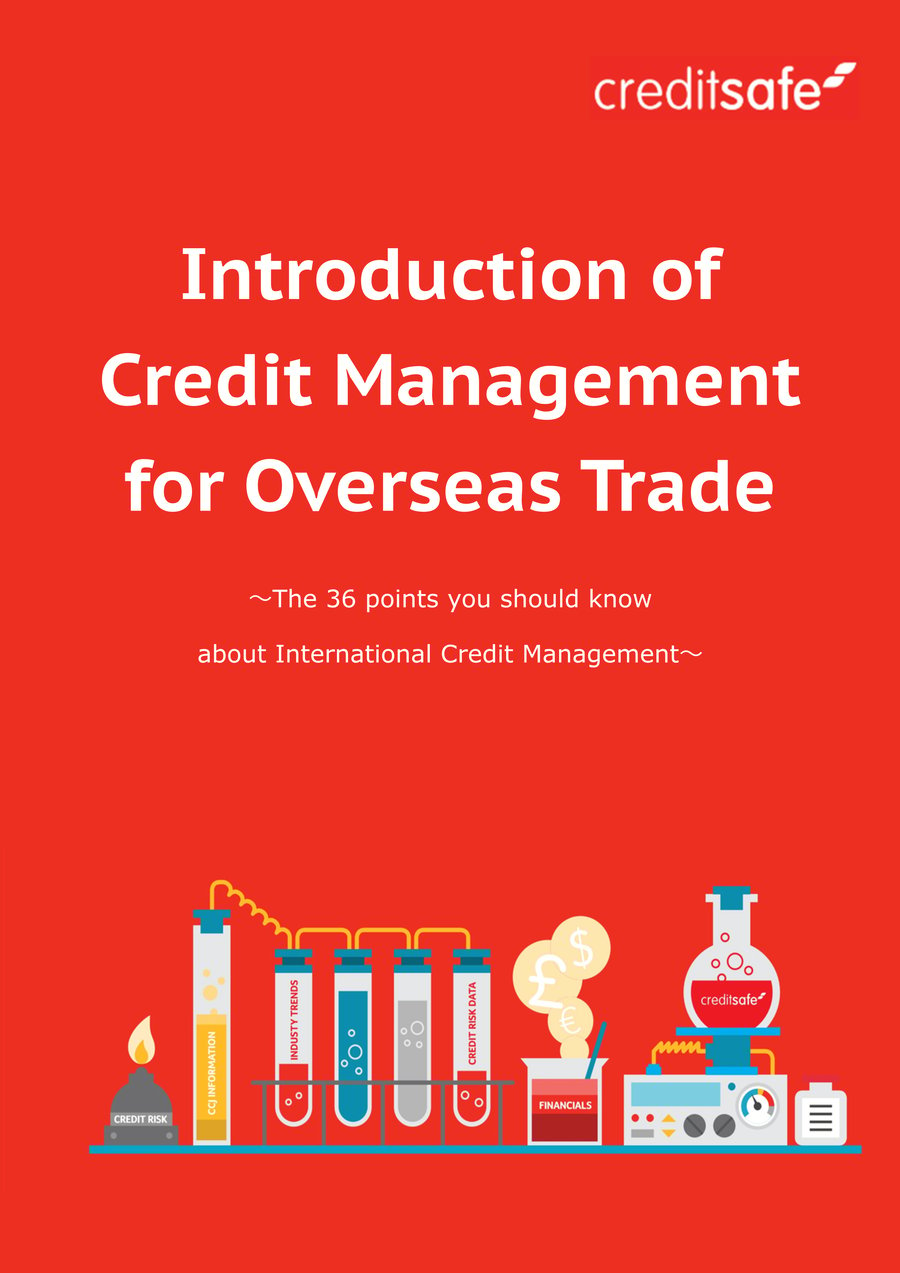The CS report shows the past history of credit ratings and credit limits for one to two years. By looking at changes in ratings and limits, changes in the credit risk of the subject can be understood.
One should be careful when there is a sudden decline in rating and a decrease in credit limit because it means there is a deterioration of credit risk in a short period of time. Unlike general business information reports, CS's series information includes credit ratings, credit limits, sales, etc.
In addition, when the subject is a newly established company or a foreign company, the amount of information in the business information report is often less. In such cases, the credit risk of the parent company may be viewed to make credit decisions.
In general business information reports, you can only know the company name and address, but in CS reports, being able to know credit risk is highly convenient.
Also, in terms of cost, there is an advantage that it is possible to know the risk of the entire group at the cost of one company.
